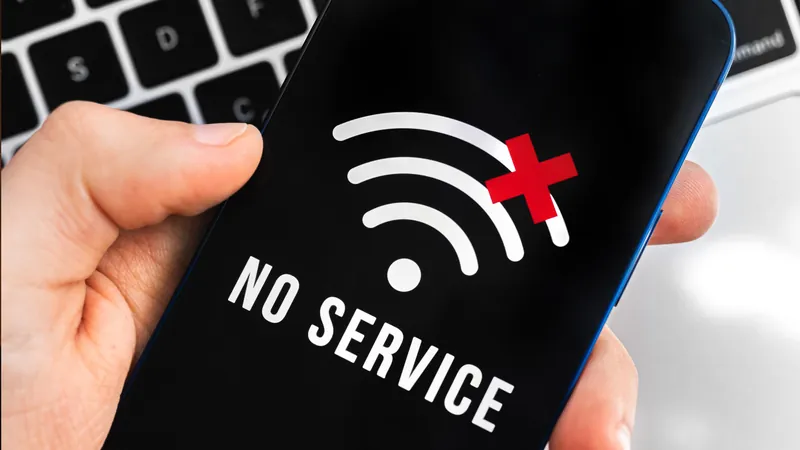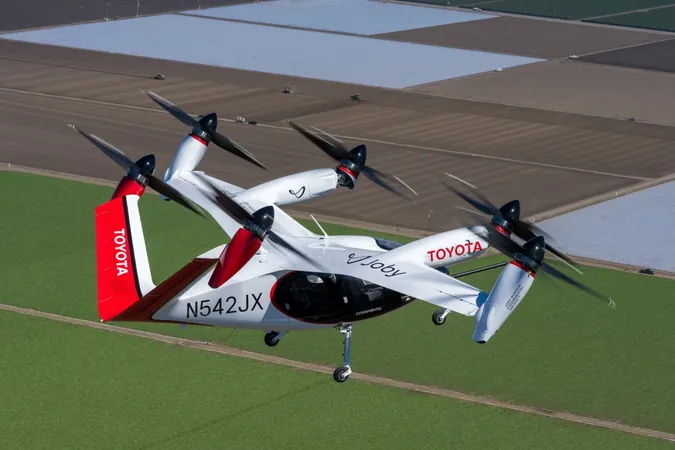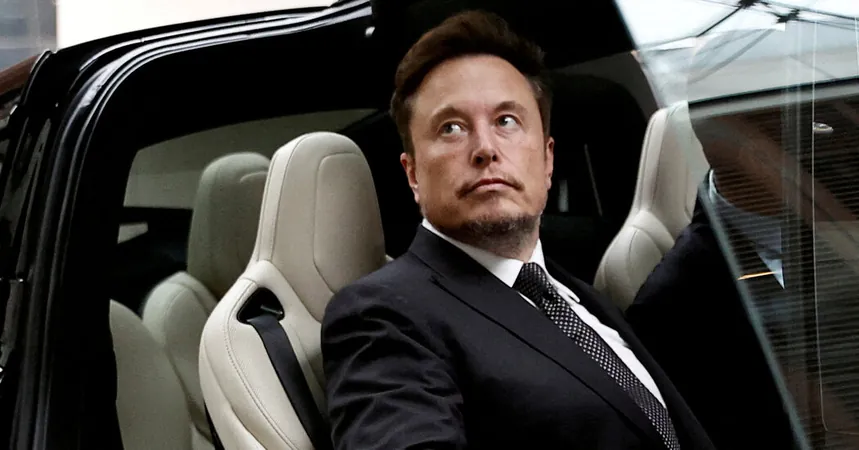
Essential Guide: How to Connect to Emergency Satellites on iPhone and Android During Natural Disasters
2024-10-11
Author: Ling
Connecting to Satellite Services on iPhone
If you own an iPhone 14 or a newer model, you’re in luck! Apple has integrated satellite connectivity features that allow you to send text messages to emergency services, request roadside assistance, and share your location, all without relying on cellular networks or Wi-Fi. That’s right—you can communicate even in the toughest conditions!
However, keep in mind that satellite communications can be impacted by bandwidth limitations, given that satellites are located hundreds of miles above the Earth. Under ideal conditions, sending a message might take around 30 seconds. But if you’re under trees or other obstructions, you might be looking at over a minute.
For the best performance: - Ensure you're outdoors with a clear view of the sky. - Steer clear of obstacles like trees and buildings. - Use concise messages and stay updated with the latest iOS.
To establish a connection, simply swipe down from the top right corner of your iPhone to open the Control Center and tap on the Cellular button. From there, select “Satellite” and choose your desired feature. Also, prepare for emergencies by adding important contacts and medical information to your Medical ID in the Health app.
Android Users: How to Access Satellite Connectivity
For those with Android devices, satellite communication is also becoming available. Models such as the Pixel 9, Pixel 9 Pro, Pixel 9 Pro XL, and Pixel 9 Pro Fold are equipped with a feature called Satellite SOS. This service will be activated once necessary software updates are installed and you register with the satellite network.
To check if this feature is active, navigate to your settings app for updates. If you find yourself in an emergency without mobile service, simply dial 911. You should see an option to activate Satellite SOS. Follow the prompts, fill out the necessary emergency questionnaire, and make sure to set up emergency contacts in your phone’s Personal Safety app for real-time updates on your status.
Starlink's Direct-To-Cell Service
In addition to standard satellite options, Elon Musk's Starlink is stepping up efforts by partnering with T-Mobile. This collaboration is providing free direct-to-cell service in areas affected by recent hurricanes.
Elon Musk himself has announced on social media that this initiative, launched in response to the disaster, allows users to connect their phones to Starlink satellites, potentially gaining one to two bars of signal strength. Your device will display "T-Mobile SpaceX" if successfully connected. It’s important to note, however, that delivering services may require users to resend messages if they don’t go through immediately.
For optimal results, the service performs best outdoors, although it can sometimes work indoors if you are near a window.
Be Prepared!
As we face the inevitable occurrence of natural disasters, ensuring your communication options are available can make a significant difference in emergency situations. Taking the time to familiarize yourself with these satellite connectivity features on your devices now could help ensure you stay connected when it matters most. Don’t wait—get prepared and keep your loved ones safe!






 Brasil (PT)
Brasil (PT)
 Canada (EN)
Canada (EN)
 Chile (ES)
Chile (ES)
 España (ES)
España (ES)
 France (FR)
France (FR)
 Hong Kong (EN)
Hong Kong (EN)
 Italia (IT)
Italia (IT)
 日本 (JA)
日本 (JA)
 Magyarország (HU)
Magyarország (HU)
 Norge (NO)
Norge (NO)
 Polska (PL)
Polska (PL)
 Schweiz (DE)
Schweiz (DE)
 Singapore (EN)
Singapore (EN)
 Sverige (SV)
Sverige (SV)
 Suomi (FI)
Suomi (FI)
 Türkiye (TR)
Türkiye (TR)